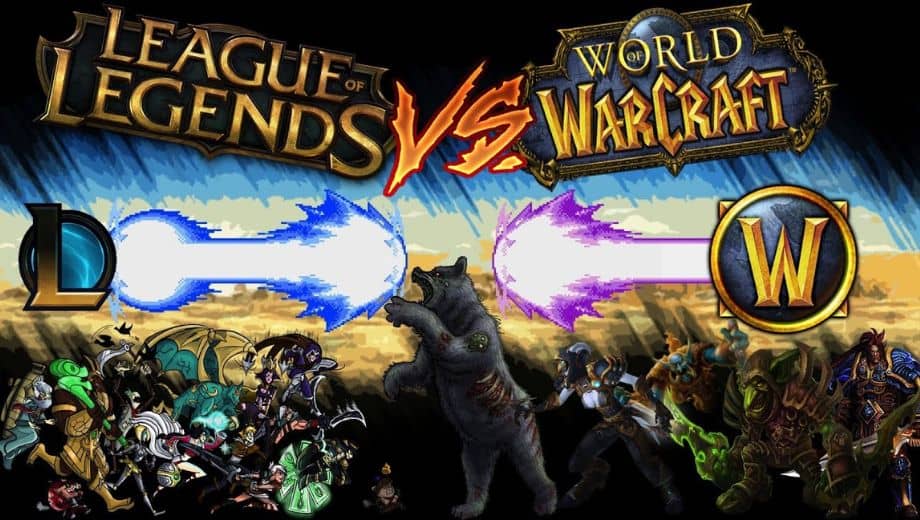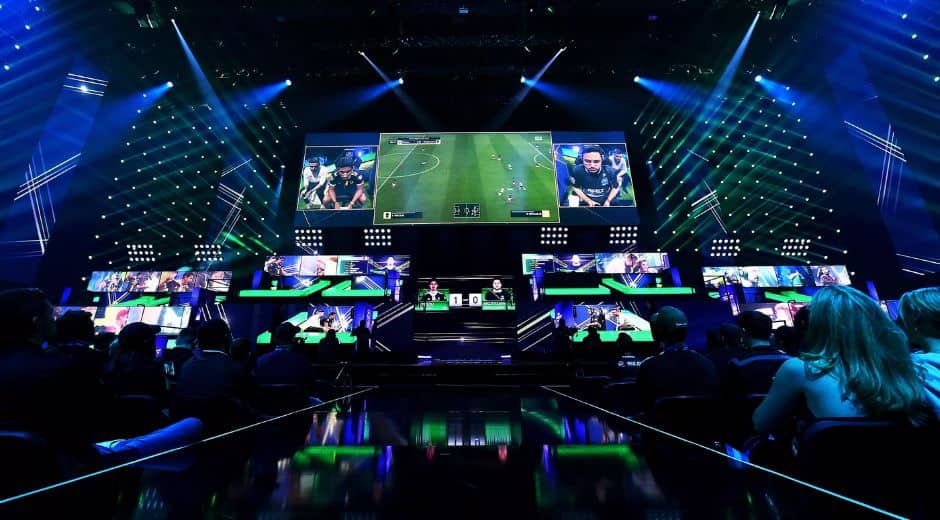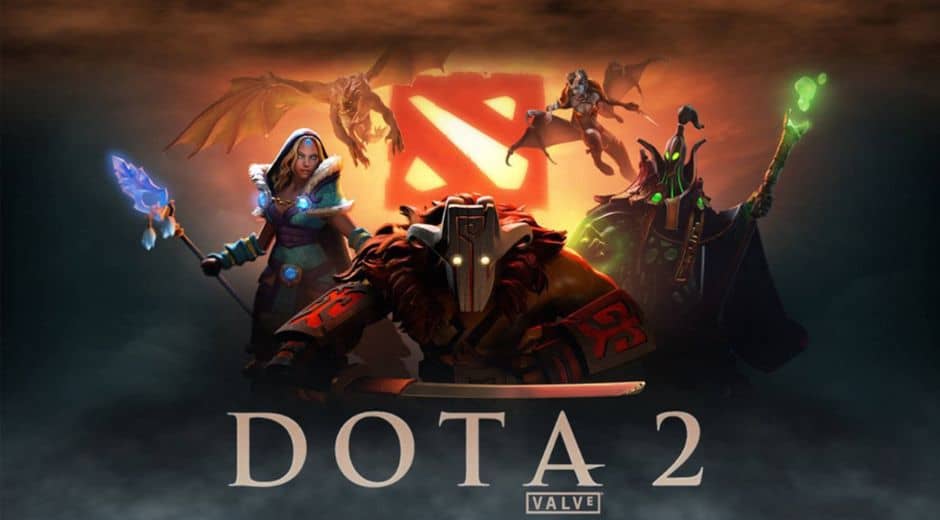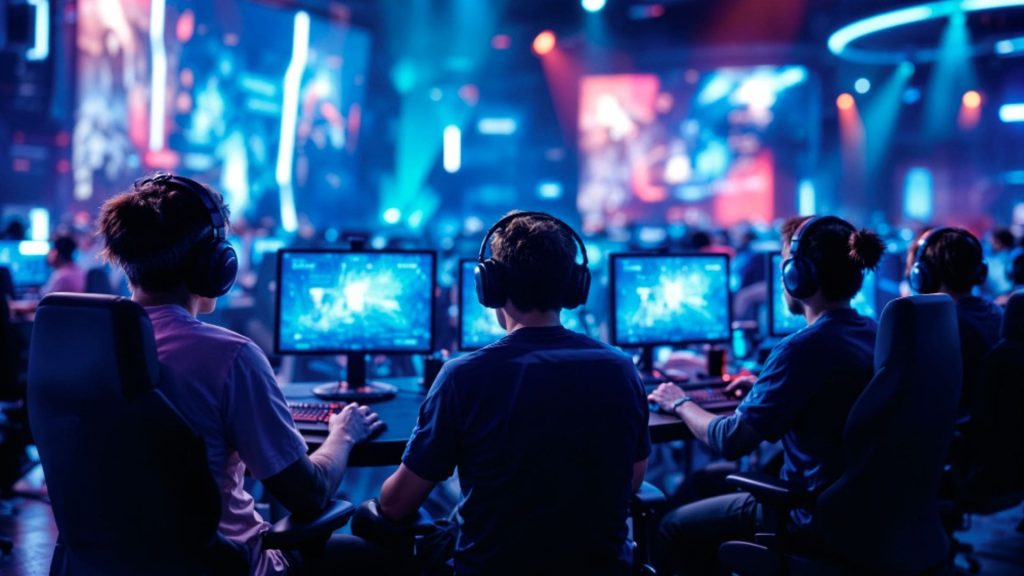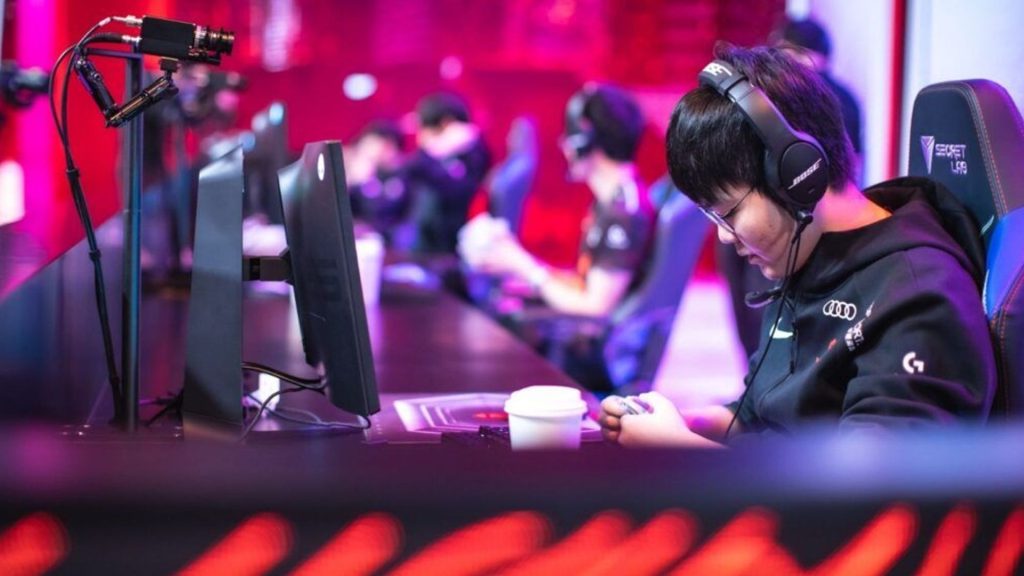Top Esports Teams to Watch in 2025: Talent and Strategy
Top Esports Teams to Watch in 2025: Talent and Strategy
The global esports scene continues to expand in scale, professionalism, and cultural influence. Every year brings new tournaments, breakthrough players, and innovative playstyles that inspire millions of fans around the world. As we look ahead to 2025, the competitive landscape is more dynamic than ever, with Teams adapting strategies, upgrading training systems, and building stronger fan communities.
This article explores the organizations poised to make a major impact this year—from long-established powerhouses to fast-rising contenders backed by analytics, coaching, and cutting-edge technology.
The Evolution of the Competitive Landscape
The days when esports competitions took place in small halls and local gaming cafés are long gone. Today, esports fills stadiums and commands global broadcasting across streaming platforms. Prize pools continue to rise, sponsorship deals grow bolder, and players undergo professional training similar to traditional athletes.
Technology is a key driver in this evolution. Performance optimization is no longer a matter of preference—it is a competitive edge. Hardware companies such as NVIDIA play an essential role in improving framerates, latency, and overall stability during tournament play. High-performance GPUs and AI-based performance tuning are now standard features in professional training facilities.
Explore more about their technological influence here:
https://www.nvidia.com/en-us/
Esports is no longer simply entertainment—it’s a structured ecosystem with coaching staffs, analysts, sports psychologists, and performance managers guiding competitive success.
Leading Organizations That Continue to Dominate
-
G2 Esports
A consistent force across titles such as League of Legends, CS2, and Valorant, G2 maintains one of the most recognizable brands in esports. The organization is known for its bold personality and aggressive playstyle. Their ability to identify raw talent early and mold it into world-class competitive performance ensures they remain a threat in every tournament they enter.
Fnatic
Fnatic is one of the oldest and most respected esports organizations, valued for longevity, strong leadership, and strategic player development. Their structured macro-oriented approach and deep analytics allow them to excel even as game metas shift constantly. They are especially formidable in European and international tournaments.
Team Liquid
Team Liquid exemplifies the modern esports infrastructure model. Their training facilities, support teams, and data-driven performance systems set a standard across the industry. Known for excellence in games such as Dota 2 and CS2, they continue to recruit talent globally and refine strategies with discipline and precision.
These established Teams combine experience with long-term planning—a key factor in maintaining dominance.
The Rise of New Talent and Academy Systems
A major trend shaping 2025 is the growth of youth development pipelines. Organizations no longer rely solely on star players—they invest in academy rosters, mentorship programs, and regional scouting initiatives.
This new generation thrives on adaptability. Younger competitors are faster to understand meta shifts, mechanical patches, and stylistic matchups. Many emerging rosters are built with diverse international backgrounds, enhancing cross-play synergy.
Expect to see breakthrough performances from:
-
Brazilian and Southeast Asian player pools
-
Independent rosters backed by content creators
-
Academy Teams graduating into major league positions
This talent wave will reshape standings across several titles.
Strategic Meta Adaptation: A Deciding Factor in 2025
-
One of the most crucial aspects of modern esports is how Teams respond to changes in in-game updates. Every balance patch introduces new challenges and strategic opportunities.
-
League of Legends: Success relies on draft intelligence, cross-map rotations, and objective control.
-
Valorant: Composition creativity and coordinated utility usage determine round tempo.
-
Counter-Strike 2: Economy management, map control, and coordinated pressure define tactical outcomes.
The Teams that thrive are not just mechanically skilled—they understand data, pattern recognition, and adaptation.
-
Branding, Culture, and Fan Engagement
Esports organizations today are not only competitive units—they are full-scale brands. Fans choose to support Teams not just for tournament results but for personality, storytelling, and emotional identity.
Modern organizations invest in:
-
High-quality merchandise and fashion collaborations
-
Behind-the-scenes content series
-
Live fan meet-ups and regional community events
-
Creator partnerships that expand audience reach
This relationship between culture and performance forms the backbone of long-term fan loyalty.
Sponsorships and Commercial Influence
Sponsorships in esports are more diverse than ever. Partnerships now extend beyond tech and gaming into lifestyle, automotive, beverage, apparel, and entertainment sectors.
One perspective on how marketing and brand partnerships adapt across industries can be explored further at:
https://autoshiftwise.com/
Additionally, for internal resource reference and industry comparisons, visit:
https://autoshiftwise.com/
This cross-industry participation demonstrates how esports is integrating into mainstream global business culture.
Regional Growth and Global Expansion
The global reach of esports is expanding rapidly. Regions once considered secondary now develop high-level infrastructure, opening new opportunities for talent discovery and competitive growth.
Key emerging regions include:
-
South America: Passionate audiences and growing investment
-
Middle East: State-backed esports arenas and major tournaments
-
Southeast Asia: Mobile esports dominance and rising national leagues
As regional leagues strengthen, international competition becomes more unpredictable and exciting.
Expect regional Teams from these markets to upset traditional favorites.
What to Watch Closely in 2025
Success this year will primarily depend on three core performance pillars:
-
Roster Stability
Teams with minimal roster turnover maintain synergy. -
Adaptive Coaching Philosophies
Strategic coaching influences how well rosters read opponents. -
Pressure Management and Mental Resilience
Tournament environments test emotional control as much as technical skill.
The breakthrough Teams will be those that combine raw talent with structured professional development.
Final Thoughts
As we move through 2025, the global esports landscape grows more dynamic, strategic, and interconnected. Whether we’re watching dominant legacy organizations, new academy standouts, or regional dark horses, the stage is prepared for innovation and unforgettable competition.
The next era of esports isn’t just about who wins—it’s about how Teams define identity, strategy, community, and cultural presence.
Esports is no longer just competitive gaming.
It is entertainment.
It is business.
It is a global movement.
Gaming Made Simple

The Best Gaming Monitors of 2025 for Every Type of Player
Discover the best gaming monitors of 2025, offering top refresh rates, sharp visuals, and advanced features for all gaming styles.

The Rise of Wireless Controllers in Modern Gaming
Discover why wireless controllers have become essential in modern gaming, offering precision, comfort, and improved connectivity for all players.

How Pro Players Redefine Competitive Gaming in 2025
Learn how pro players reshape esports in 2025 through advanced training methods, team strategies, discipline, and new competitive technologies.







